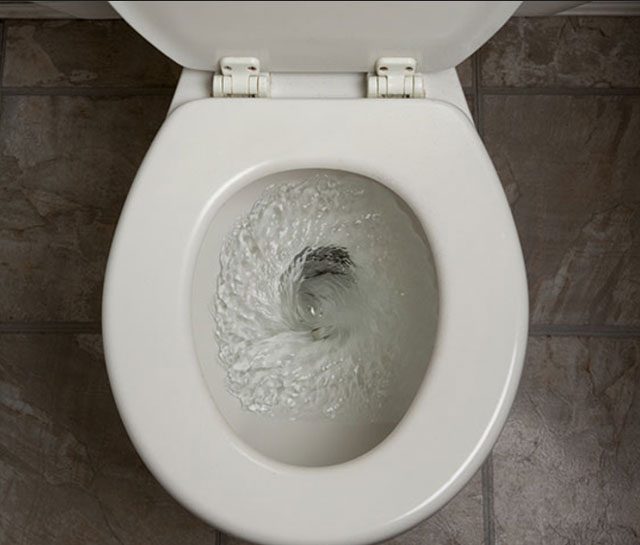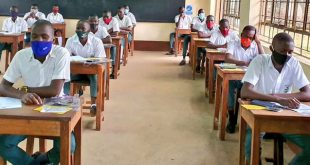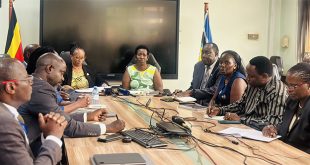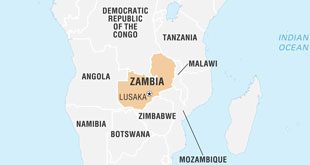
A study by the African Development Bank has found some 92.7% of Kampala’s population used on-site sanitation systems including septic tanks and pit latrines. However, emptier services, which are offered mainly by private sector on a cash-on-demand basis, were inadequate.
With such a situation, KCCA might need to consider Lutaakome’s proposal in their new plan to construct toilet facilities around Kampala. Already they have secured a $4million grant from the US based NGO Bill and Melinda Gates foundation for the construction.
Minister Namugwanya told The Independent that the plan is to construct 300 public facilities. She did not have details of the type and how these are to be maintained. But she confirmed that Kabowa will definitely be among the beneficiaries.
Wrong KCCA plan
But Lutaakome says KCCA plan might not work. He says it is not a good idea for central authorities like KCCA to provide free sanitary services because of the challenge of maintenance. He says KCCA role should only involve enforcement and regulation.
Even with the grants, he says, KCCA should just end at providing the structures and leave management to the local authorities. Managing at the center he predicts will fail like the previous projects have. KCCA was building public toilets in slums like Kabowa until they realised it was not sustainable, he says.
“We resolved that people have their own infrastructure privately because it’s not just about the structure but its maintenance. There is no way KCCA would ensure that all toilets are clean for instance. It wasn’t making sense.”
Without any toilets in place yet, Tagobya says local authorities have resolved to strengthen enforcement based on a by- law they passed last year to either lock the houses or ask tenants not to pay to their landlords until they avail them with toilet facilities. The by-law which reechoes the mother Public Health Act that requires every landlord to provide toilet facilities to their tenants hadn’t started biting.
“This cholera outbreak was a wakeup call. We have to enforce our by law now when everybody is still scared.”
New challenges
Another challenge is that this time, the cholera it appears to have come early and Tagobya and other leaders in the area are baffled and appear stuck.
“You see this is a dry season (and) one wouldn’t expect a cholera outbreak now because there are no floods,” he says.
Tagobya says he wrote to the town clerk and the mayor of the division in September last year, warning them about what was happening in Kabowa and what they needed to do to save the situation. He had realised there was a public health crisis in waiting. It appears nothing was done and Tagobya’s warning became reality.
Since cholera outbreaks have historically been linked to the rain season and flooding as Tagobya says, it is likely that the Ministry of Health and other public health managers in the area had targeted the months of August, September, October, and November as the main event months. This is when central Uganda experiences the longest rains. March, April, and May has heavier rains but for a shorter period.
Last year, the main cholera outbreaks occurred in October. That is when cases were reported across the country; in Kampala, Mbale, Tororo,Hoima, Bulambuli, Amudat, Kyegegwa, Kagadi, and Kween. This was during the rainy season; what the health ministry refers to as the “epidemic season”.
But another cholera epidemic had occurred earlier in the year, in February, in in Kyangwali Refugee Settlement and on the shores of Lake Albert. This killed 27 people and infected 700 people; mainly new arrivals from the Democratic Republic of Congo (DRC). One person died of cholera in Mbale around the same time.
Cholera also struck Kampala last year in June, which is one of the driest months. One person died and 16 were admitted to the Isolation Centre at Mulago National Referral Hospital in Kampala.
Then in July, another dry month, cholera swept across the country killing nine people and infecting 263. Kampala recorded the most cases; 92 and one died. Kween district had 83 cases and four death, Mbale 46 cases and three deaths, and Bulambuli 42 cases and one death.
It appears cholera outbreaks are occurring outside of the rainy and flooding season. This appears to be mainly due to rising urbanisation without matching growth in water and sanitation facilities. In the case of Kabowa parish, although the government recognises that it has a population density which qualifies for water and sewerage services, the earliest plans target 2033 as the year of intervention.
According to the Uganda Bureau of Statistics (UBOS), Uganda is urbanizing at a rate of 5.4% per year, which is far higher than the 3.7% for Sub-Saharan Africa and 4% of Africa.
Areas such as Sembule B in Kabowa, which are slums offering cheap albeit hazardous accommodation, are the first staging points for the rural poor migrating into town. Unfortunately, slums rarely have any social amenities like running water and sanitation, and hygiene and health services. They become hotspots of epidemics.
According to a recent Budget Monitoring and Accountability Unit (BMAU) briefing paper, although 89% of Kampala households have access to some form of sanitation facility; 90% use latrine. According to the Water and Environment Sector Performance Report of 2017, only 2% use flush toilets. Up to 6% of households do not have toilet facilities and open defecation and solid waste disposal generally are major public health concerns. They require urgent attention to avert epidemics such as cholera.
 The Independent Uganda: You get the Truth we Pay the Price
The Independent Uganda: You get the Truth we Pay the Price


